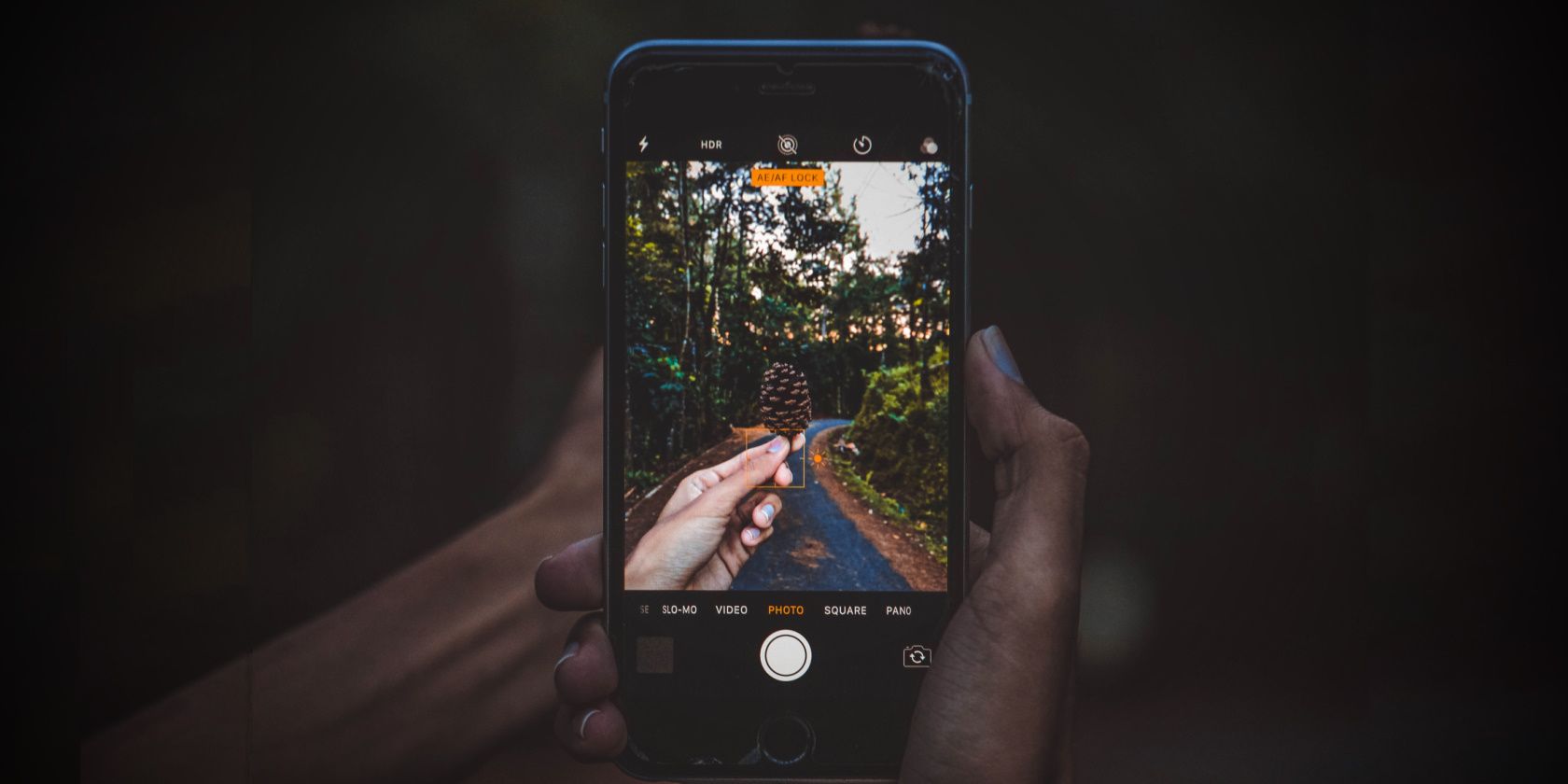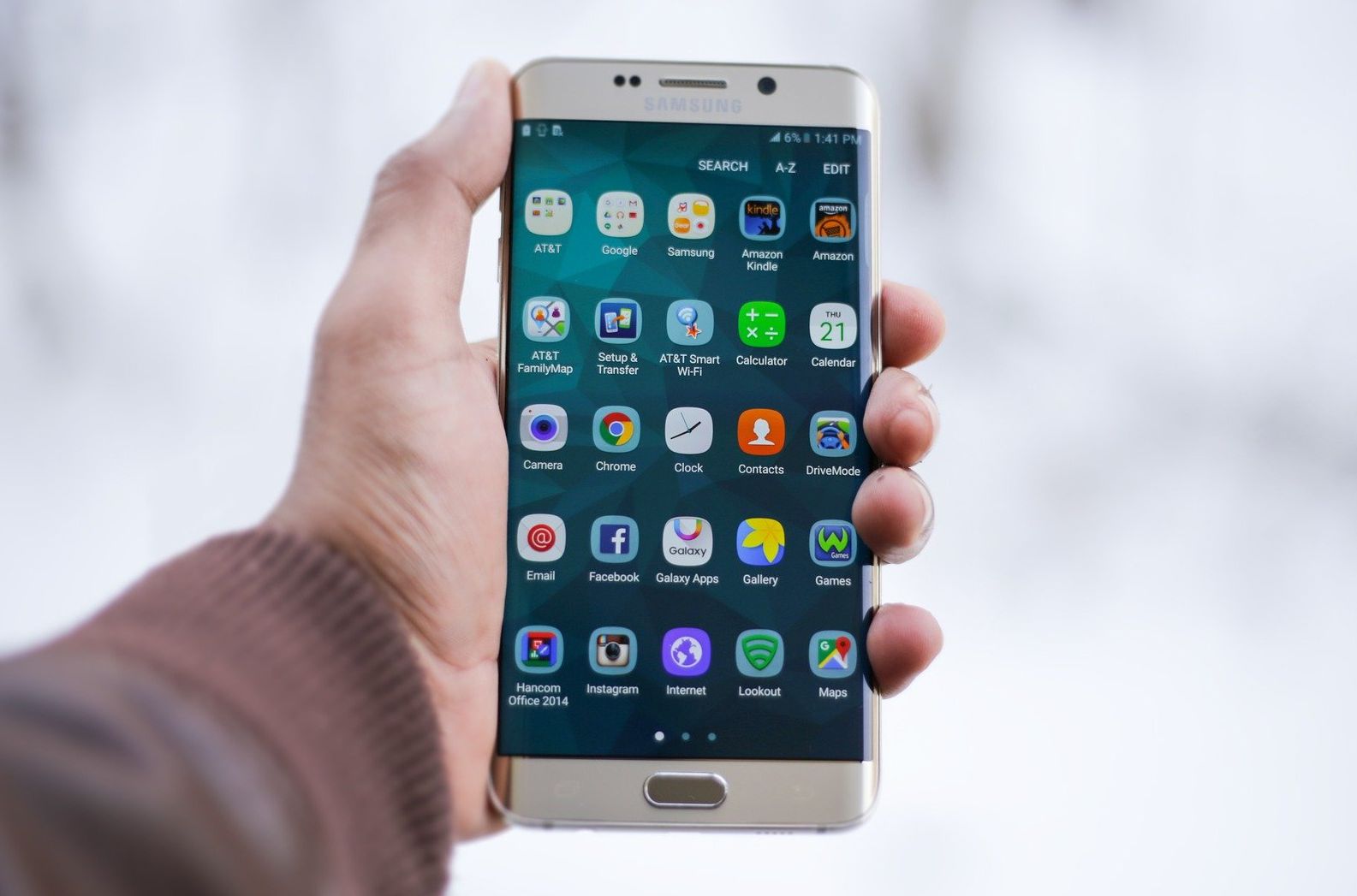Ever seen a conceptual picture of a smartphone that's entirely see-through? It seems pretty out there and wholly unrealistic. While some claim to expect transparent smartphones in this century, others brush it off as nothing more than science fiction.
So, is the transparent smartphone within our grasp?
The Idea Behind a Transparent Smartphone
From what we can tell, a transparent smartphone would be similar in functionality to the latest generation of foldable smartphones: it's just kind of cool. A transparent smartphone wouldn't massively improve a phone's performance or do anything else massively beneficial (except make the phone look wicked cool).
However, there have been some suggestions as to what a transparent phone screen could do in terms of performance, though this cannot yet be confirmed. For example, some have proposed that transparent phones could improve both photo capture and application switching.
With a transparent display, you could have two different applications open, one on each side, making task changing easy. But these basically the only proposed benefits so far. Aside from that, a transparent screen won't do anything ground-breaking.
Has It Been Done Before?
Transparent phones have never been made for commercial sale. But while smartphone giants like Apple and Samsung have never hinted at an eventual release of a transparent phone, prototypes have been made, and patents have been filed.
In 2012, Japanese mobile phone operator Docomo, and Fujistu, a Japanese communications technology company, came together and made a transparent prototype using a dual-sided OLED touchscreen. This phone was pretty rudimentary and looked nothing like the smartphones of today. The screen was very small, and the brightness was considerably lower than usual. But it was, indeed, transparent.
There was also the Ericsson Xperia Pureness, a feature phone released back in 2009 with a transparent screen. But it isn't what it sounds like, as the screen was small and more like a monolith, and the transparency wasn't great.
How Would a Transparent Smartphone Work?
Transparent OLED screens, a lead candidate for see-through smartphones, have already been used in televisions. You can see what such televisions look like below.
On top of OLED technology, see-through screens can also be achieved by using transparent electroluminescent displays (TASEL) and transparent typical projection head-up displays (HUDs). TASELs consist of a glass screen, fit with a layer of phosphorous, as well as a circuit board. This type of display, above all others, can provide the most transparent touchscreens.
However, HUDs are also solid candidates. These are actually the oldest type of transparent screen technology out there. Three key elements are needed to build a HUD: a combiner, a projector, and a video generation computer. With these promising technologies that are already being used, why aren't transparent phones a thing?
Is a Transparent Phone Even Practical?
While the idea of transparent smartphones seems exciting, several downfalls await transparent smartphones. The first, and the most obvious, would be its fragility.
It's already way too easy to smash your phone, even with a metal chassis and a phone case. With a transparent screen, you won't have these two protective layers, given that they'd essentially ruin the magic of the transparency. Therefore, there'd be a lot of breakages and a lot of unhappy customers.
On the topic of customers, most have now become accustomed to high-quality screen displays. Unfortunately, transparent screens cannot offer the same high-grade colors and clarity offered by today's screens. This means that if a company were to release a transparent screen on a wide scale, sales probably wouldn't be too impressive.
However, the release of a transparent smartphone isn't totally off the cards. With Japanese companies creating prototypes and with whispers of smartphone giants like Samsung and LG considering working on this technology, too, we may indeed see the widespread release of a transparent phone in the near future.
Sometimes, Tech is More Experimental Than Anything Else
While many of us would love to see a transparent smartphone, not everyone would necessarily want to own one. The setbacks in quality and functionality may be the nails in the coffin for transparent phones. But this isn't certain, and developments in technology in the future could lead to transparent phones that overcome all obstacles. What a day that will be!


